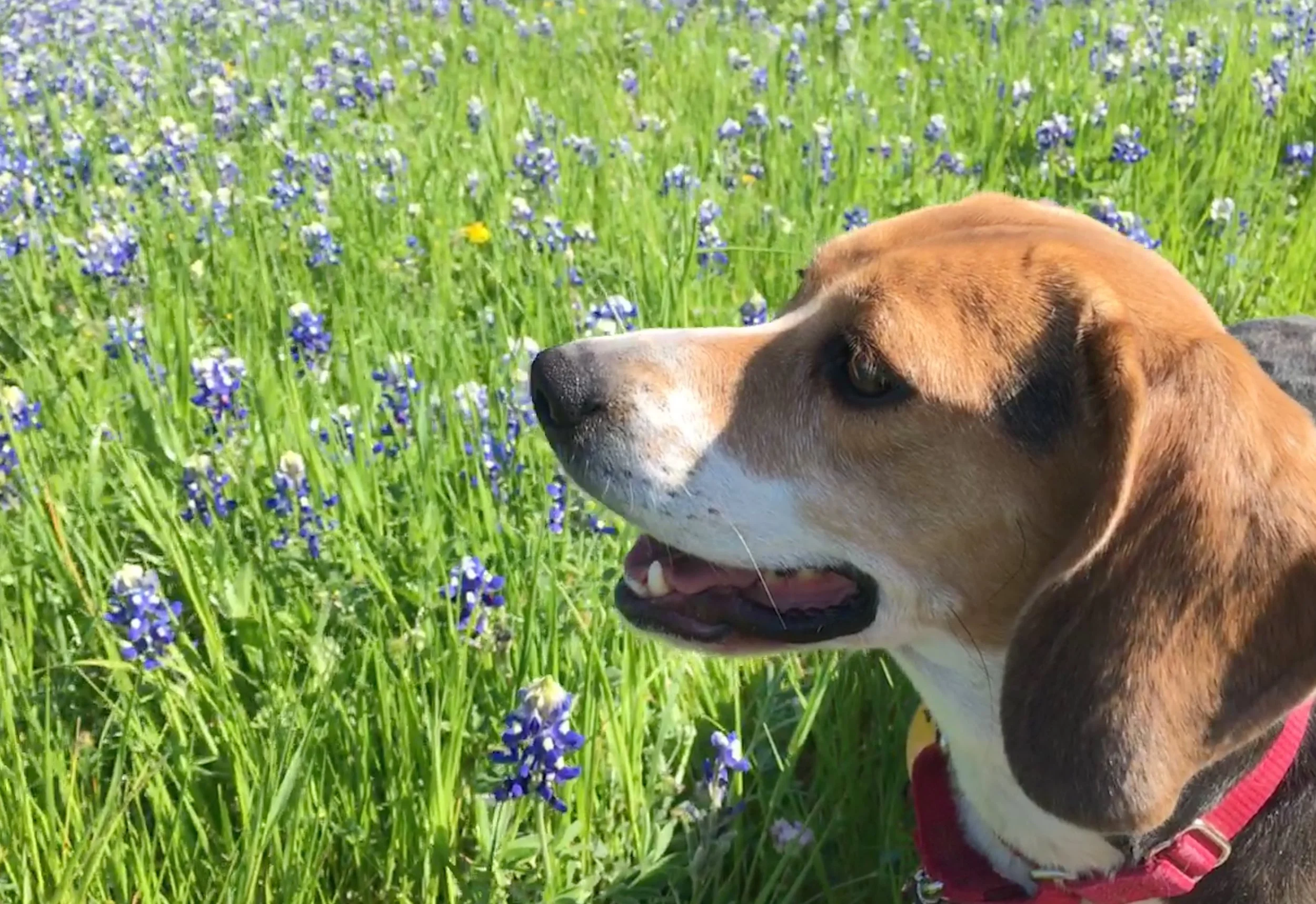***COVID-19*** (As of Aug 1, 2021) During this time of social distancing and local county (Bell) concerns to reduce contact, we limit general visitation of our dogs. When conducting puppy visitation, we will provide a secluded area for families to interact with the puppies.
Young children and your new puppy
Most people who get a puppy are doing so to bring a new family member into the home; to experience the joy of having an animal that shows children what unconditional love really is. This does not come without some inherent risks. Children love to pick up and carry puppies; which is a wonderful thing, but here are some parental tools and rules for ensuring the safety of your new puppy.
(1) Make sure that infants are supervised with your hands on your puppy. Puppies have very thin, almost spike-like claws that are just beginning to get big. These tiny little sharp points can have disastrous, unintentional effects on an infant, especially during times of play. Make sure you have used a small nail clipper or emery file to “dull” the tips of your puppy’s claws, and make sure the child’s face is kept up and away from the puppy’s jumping or exuberance!
(2) Carrying puppies at this stage should only be done by the adults in the home. A serious injury and/or death to the animal and/or the child can result from a little squirming or a puppy not quite held the right way, (which is fully supported with the length of your forearm and opposing hand cradling your puppy against your chest or neck). A child carrying a puppy up and down stairs is a disaster in the making. Ensure your child understands this, and uses handrails instead of holding the puppy! You want your child to develop a healthy relationship with your puppy; you certainly don’t want your new beagle running away from your child in fear. Being a hands-on parent is critical at this juncture. Teach your children to respect your animals and they will be better for it.
(3) Walking your puppy: Your puppies pads at their young age are barely developing. They do not have the protection to walk across hot asphalt or cement sidewalks, or even to be outside at all for extended periods of time in extremely hot or cold temperatures. Use caution and common sense; if you think it might be hazardous to your new puppy, it probably is.
(4) Baby gates, Kennels and home security: No one can possibly predict everything that your new beagle puppy can or will get into. However, with a little objective tour of your home, you can reasonably prepare for the safe home coming of your new puppy by taking the following steps. Ensure your animal and human food is not readily accessible. Place kibble in a separate container, creating a double barrier for your pets. (If dry food is consumed at an unregulated amount, large quantiles of that food, when water is added to it, can expand the inside your puppy and compromise your puppy’s ability to conduct respiration). Ensure poisons are secured up and off the floor and /or out of the yard. “Spraying” or “Professional / Commercial Poison Spraying or Prevention” needs to be suspended in areas where your puppy will be spending time for the first six months to a year; until they are fully grown and matured. Baby gates are an excellent way to “keep” your puppy in a specific area of your home; where you can create a “puppy safe zone.” Many people find that a garage is a good place for a puppy to sleep. In fact, this is probably the worst place to put an animal. Lubricants, anti-freeze and other chemicals may actually smell good to your new puppy. They are fatal if ingested.
(5) Take caution where and how you secure your puppy. Curtains, cords, clothing, blankets, pillows and home decor that “hangs” down to floor level, these are all going to be seen by your beagle puppy as potential new toys. For this reason, and because it’s simply easier to start earlier, this is a good time to train your puppy to sleep in a dog crate or dog carrier. For future travelling to and from the vet, or to a new home, or just on a family outing, a dog that is trained early to kennel is a safer dog. You will be glad you did this. It’s not easy, and there are a variety of ways to make this training easy on your puppy. The key is to start early! Lastly, BEFORE you pick up your new puppy, ensure your yard is secure! Beagles are extremely intelligent animals. They are predisposed to hunt. If they can find a way out, under, over or through, they will. Take great care to ensure your fence line, gates and items placed in your yard are all set up to successfully contain your beagle puppy safely!
Disciplining your puppy at this stage, when they are just brought home is not something that should be entertained. Re-orientation to a pee pad, or the outdoors, positive praise for urinating outside, going to the door, all these things can be positively enforced at a very young age and thus make formal training later much, much easier!
Keep in mind, your puppy’s immune system, at this stage of life, is not fully developed. Take caution and read the "Medical Concerns" section of our website, you'll be glad you did! Knowledge and being prepared are the keys to ensuring your puppy has the best chance of developing into a healthy young adult dog!

